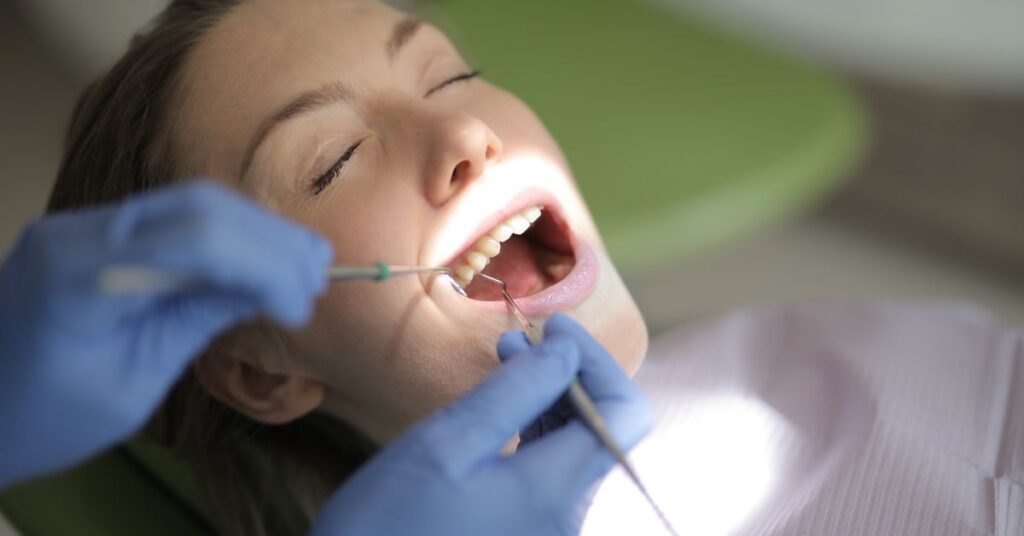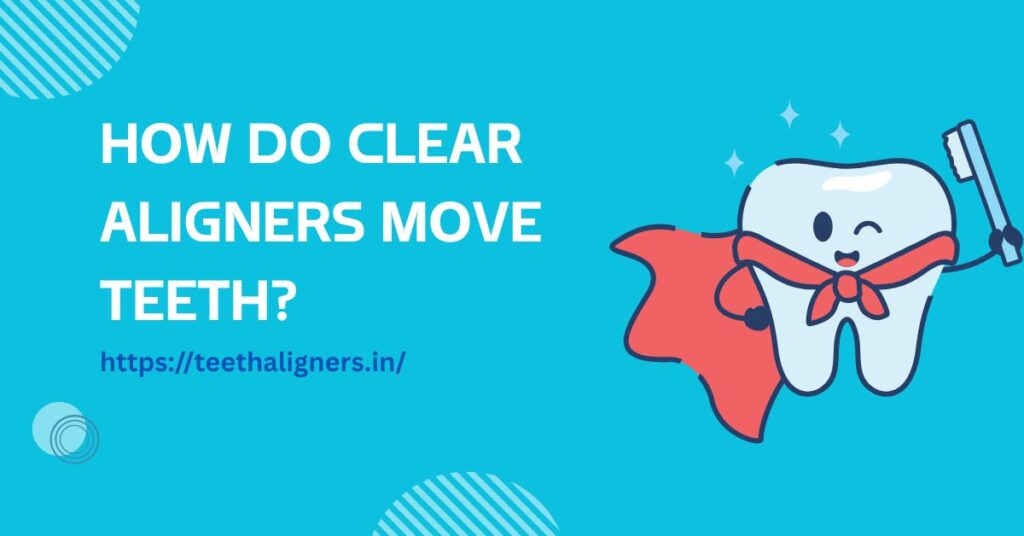For many years, traditional metal braces were the most common way to fix crooked teeth. They remain effective, but not everyone wants visible brackets and wires.
In today’s time, people often look for an option that blends better with their lifestyle. That is where Clear Aligners come in.
These nearly invisible, removable trays have transformed orthodontic treatment. They allow people to improve their smiles without drawing attention to the process.
But how exactly do they work? Understanding how aligners move teeth will give you a clearer picture of why so many patients, including those in Delhi, choose this treatment.
Table of Contents
ToggleWhat Are Clear Aligners?
A Simple Definition
Clear aligners are specially designed trays made from strong, medical-grade plastic. They are custom-made to fit snugly over your teeth.
Each tray is slightly different, and when used in a series, they guide teeth into better positions step by step.
How They Differ from Braces
Unlike braces, which use brackets and wires fixed to the teeth aligners are removable. You can take them out while eating, brushing, or flossing.
This makes daily life easier and more comfortable. Their transparent design also makes them far less noticeable, which is one of the main reasons people prefer them.
The Science Behind Tooth Movement
How Teeth Can Move
Teeth may feel like solid structures that never shift, but they are held in place by more than just bone.
Each tooth sits inside a socket and is supported by the periodontal ligament, a thin but flexible layer. This ligament allows teeth to respond to pressure.
When steady pressure is applied, the bone around the tooth reshapes in a process called bone remodeling.
On one side of the tooth, bone breaks down slightly, while on the other, new bone forms. This is how teeth can move safely within the jaw.
How Aligners Apply Force
Aligners use this natural ability to move teeth. Each tray is designed to apply gentle, controlled pressure to specific areas. By wearing a series of trays in sequence, teeth are nudged closer to their ideal positions.
Instead of one big adjustment, aligners make many small changes. Over time, these small shifts add up to create a straighter smile.
Step-by-Step Process of Tooth Movement with Aligners
Digital Scanning and Planning
Treatment begins with a digital scan of the patient’s teeth. Dentists use 3D technology to create a complete model of the mouth.
From this, a step-by-step treatment plan is developed, showing how each tooth will move during the process.
Custom Tray Production
Based on the plan, a set of trays is made. Each tray is slightly different, applying a new stage of pressure. The total number of trays depends on how much correction the patient needs.
Wearing the Aligners
Patients are asked to wear the trays for 20 to 22 hours each day. They are removed only for eating, drinking anything other than water, and daily oral hygiene. Wearing them as directed is crucial because consistency is what drives progress.
Gradual Shifts
As the patient moves from one tray to the next, the aligners gradually shift the teeth. One set may rotate a tooth slightly, while the next may move it forward or backward. These small adjustments, stage by stage, reshape the smile.
Monitoring Progress
Regular check-ups allow the dentist to track progress and make any necessary adjustments. Many modern clinics, including those in Delhi, even offer virtual monitoring options to make the process more convenient.
Factors That Affect Tooth Movement
Treatment Time
The overall duration of treatment depends on how severe the misalignment is. Mild corrections can take only a few months, while more complex cases may require up to two years.
Age of the Patient
Teens often see faster results because their bones are still developing. Adults can also benefit, but movement may take a little longer since their jawbones are more stable.
Patient Discipline
One of the most important factors is how faithfully the trays are worn. Not wearing them for the recommended time slows down or disrupts progress. Consistency is key to success.
Benefits of Clear Aligners Over Braces
Appearance and Confidence
One of the biggest advantages of aligners is that they are nearly invisible. Patients can go to school, work, or social events without feeling self-conscious about their treatment.
Comfort and Convenience
The smooth surface of the trays makes them more comfortable than brackets and wires, which can irritate cheeks and gums. Since they are removable, eating is also easier. You can enjoy your favorite foods without worry.
Easier Oral Care
With aligners, brushing and flossing are simple. You remove the trays and clean your teeth as you normally would. This reduces the risk of plaque build-up and tooth decay, which are sometimes more common with braces.
Real-Life Example: How Aligners Work in Practice
Imagine a patient with crowded front teeth. After the dentist creates a digital plan, the first few trays may rotate the teeth slightly. Later trays push them backward or forward as needed.
With each stage, the smile improves until the final trays complete the alignment. This gradual, gentle movement avoids discomfort while delivering excellent results.
Supporting Research and Statistics
Studies show that aligners are highly effective for mild to moderate orthodontic cases. Patients who wear their trays for the recommended 22 hours per day see results comparable to traditional braces.
Surveys also reveal that many patients feel more comfortable and confident with aligners during treatment compared to metal braces.

Lifestyle Impact of Clear Aligners
Eating Habits
Because trays are removed for meals, patients do not face food restrictions. Unlike braces, there is no risk of damage from crunchy or sticky foods.
Speaking Adjustments
Some patients notice a slight lisp when they first wear their trays. This usually disappears within a few days as the tongue adjusts.
Sports and Activities
Since aligners do not have metal parts, they are safer for people who play sports. They can also be removed during games if needed and worn again afterward.
Limitations of Clear Aligners
Aligners are not suitable for every case. Severe bite problems or teeth needing significant rotation may require braces or a combination of treatments. That is why a proper consultation with a dentist is essential before starting.
The Role of Technology in Aligner Success
Modern technology plays a key role in aligner treatment. 3D imaging and artificial intelligence allow dentists to create precise plans and predict tooth movement more accurately. Patients can often see a digital preview of their expected results before treatment even begins.
Clear Aligners in India and Delhi
In India, the demand for aligners has grown rapidly. More people are choosing them for their convenience, comfort, and appearance.
In Delhi, in particular, many working adults and teenagers prefer aligners because they fit well with busy lifestyles.
As technology continues to improve, access to effective and comfortable orthodontic care is becoming easier across the country.
Conclusion
Clear aligners work by applying steady, gentle force to teeth through a series of custom-made trays.
This pressure activates the natural process of bone remodeling, allowing teeth to move into better positions step by step.
With advanced planning, digital scans, and patient discipline, aligners can deliver straighter smiles while remaining comfortable and discreet.
If you are considering treatment, trusted clinics like Teeth Aligners in India can help guide you through the process and design the right plan for your needs.

